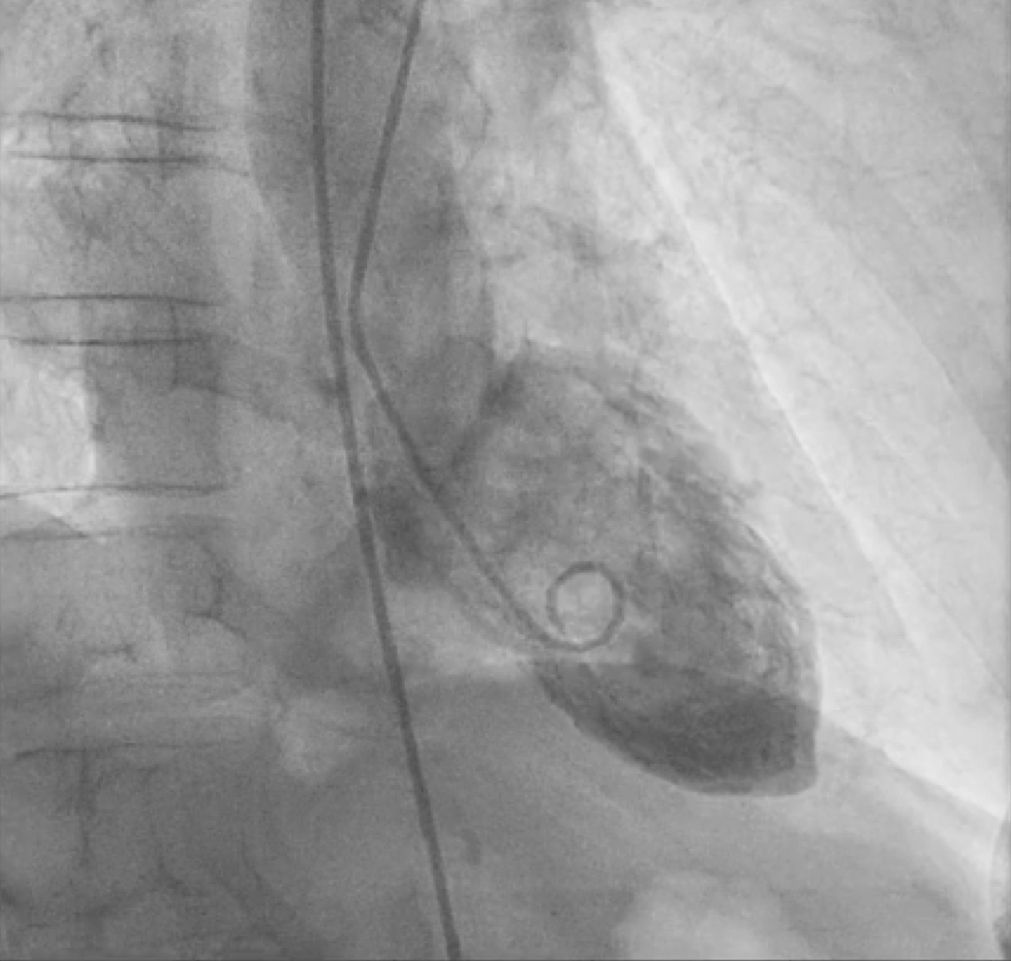Cardiologists in the US say they have developed an AI program that can calculate LVEF using regular angiogram videos, potentially bypassing the need for invasive procedures.
Named CathEF, the tool remains in early development but has already achieved accuracy rates above 90% on two test data sets, according to its creators.
Based on a type of algorithm called a deep neural network, the program was trained using patient data from 4042 adult angiograms with corresponding transthoracic echocardiogram (TTE) LVEF from 3697 patients treated at University Of California, San Francisco (UCSF) hospitals.
From this, the AI learned to distinguish reduced LVEF (≤40%) and to predict continuous LVEF percentage from standard angiogram videos of the left coronary artery, said lead developer Associate Professor Geoff Tison of UCSF.
“CathEF offers a novel approach that leverages data that is routinely collected during every angiogram to provide information that is not currently available to clinicians during angiography,” he said.
“This is effectively expanding the utility of medical data with AI and provides real-time LVEF information that informs clinical decision-making.”

Photo: CathEF
In a study published this month, the team reported outcomes from testing the data on a further 813 patients at UCSF, plus another 776 from Montreal Heart Institute in Canada.
These tests found the tool discriminated reduced LVEF with 91.1% and 90.6% accuracy respectively using AUROC – “good discrimination”, the authors said.